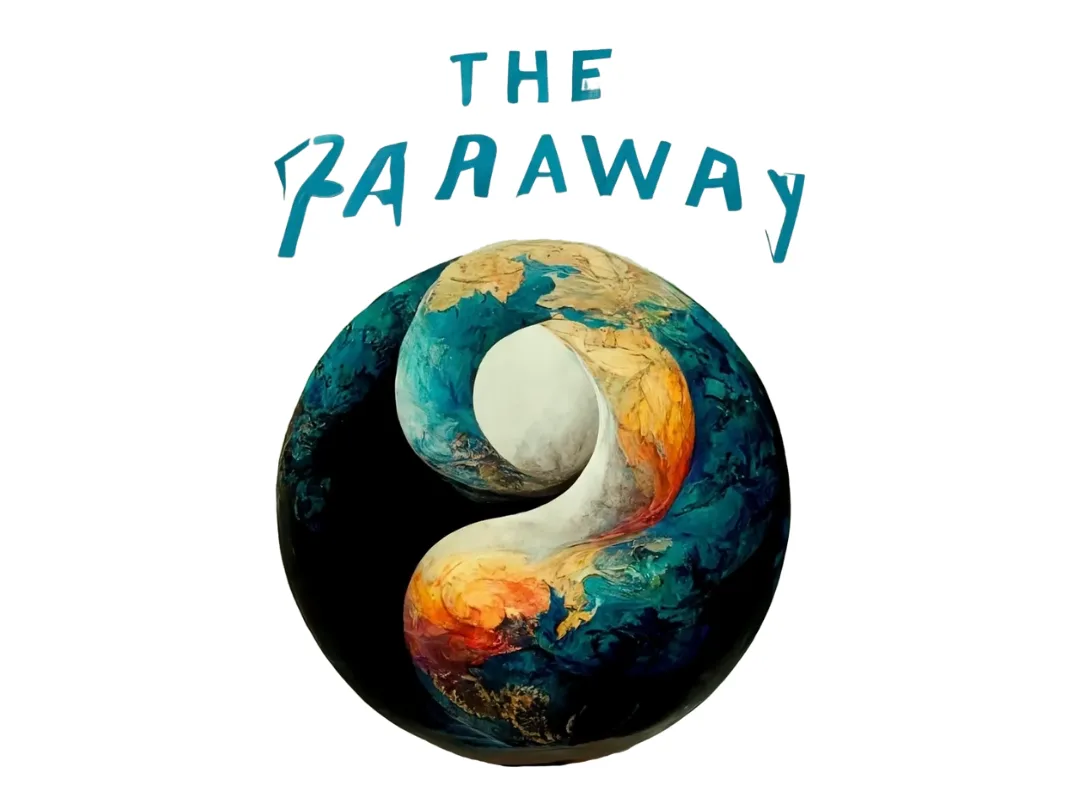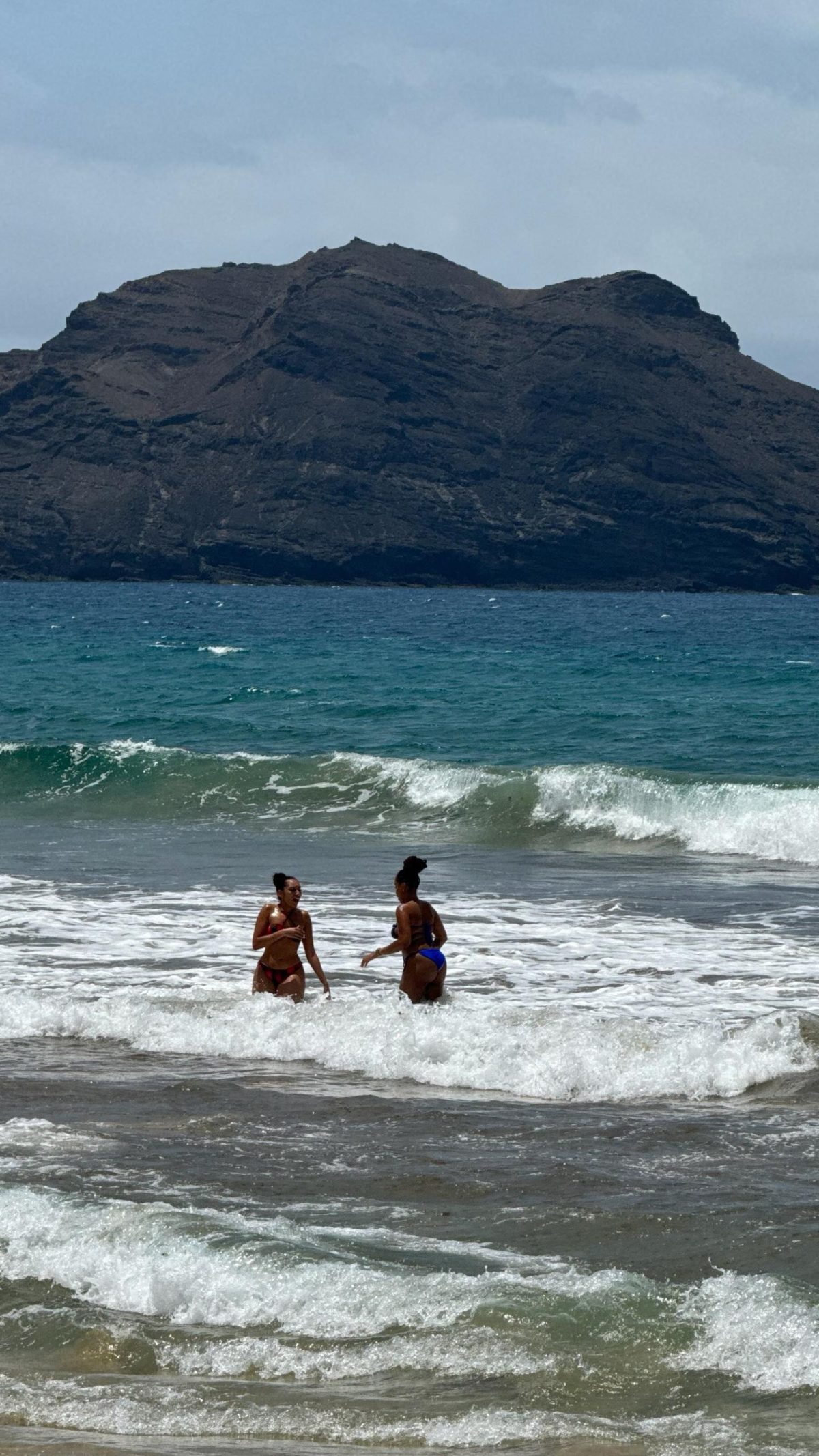Choosing between Cape Verde vs Tanzania presents an interesting dilemma, as both countries have their own unique charm. Understanding what makes them different will help you choose the country that best matches your travel goals.


Cape Verde
Cape Verde, also known as Cabo Verde, is an African island nation off the coast of West Africa. This famous archipelago consists of ten volcanic islands, each offering very different landscapes.
Some islands, like Boa Vista and Sal, are known for their golden beaches and crystal-clear waters, while others, like Santo Antão, boast lush rainforests, dramatic cliffs, and some of the world’s best hiking trails.
History and Culture
Cape Verde has a fascinating history influenced by Portuguese colonization, reflected in its architecture, music, and cuisine. The historic town of Cidade Velha, a UNESCO World Heritage Site, is a must-visit for history lovers. The islands are also known for their Creole culture, which is a blend of both African and European traditions.
About 80% of Cape Verdeans are mixed with European ancestry due to the country’s colonial history. This blend is often reflected in their appearance, with some Cape Verdeans having green eyes, blond hair, and lighter skin tones.
Activities and Attractions by Island
Travelers can enjoy a variety of activities, including water sports such as windsurfing and kitesurfing, particularly in Santa Maria on Sal Island. Boat tours reveal the marine wildlife of the region, while those interested in hiking can explore the rugged terrain of Fogo Island, which is home to an active volcano.
Cape Verde also has stunning beaches, making it a popular destination for those looking to relax by the clear, azure waters and white sands.

Each of Cape Verde’s ten islands has its own distinct attractions and here’s a breakdown of what you can expect from them:
Santiago
Explore the historic streets of Cidade Velha, a UNESCO-listed site that offers a glimpse into Cape Verde’s colonial past. For nature lovers, Serra Malagueta National Park provides excellent hiking trails with breathtaking views.


Sal
Sal Island is a paradise for water sports lovers. Santa Maria, in particular, is the hotspot for windsurfing and kitesurfing, while the Pedra de Lume salt crater offers a unique floating experience similar to the Dead Sea.
Boa Vista
This island is perfect for marine wildlife enthusiasts. Visitors can take boat tours to see dolphins and whales, while the Viana Desert’s rolling sand dunes provide a mesmerizing landscape to explore.
Santo Antão
Santo Antão is a dream destination for hikers as it boasts some of the most scenic trekking routes in the world. The island’s lush valleys and dramatic cliffs make for an unforgettable adventure.


São Vicente
The cultural hub of Cape Verde, São Vicente is home to Mindelo, a city buzzing with music and nightlife. Visitors can enjoy live performances of morna music, explore colonial architecture, and soak up the vibrant atmosphere.
Fogo
Home to Cape Verde’s only active volcano, Pico do Fogo, this island is a must-visit for adventure and thrill seekers. The volcanic soil also produces unique wines that travelers can sample in local vineyards.
Brava
The greenest of Cape Verde’s islands, Brava offers peaceful nature walks through flower-filled valleys and stunning coastal views.
Maio
If you’re looking for tranquility, Maio is the place to be. The island’s secluded golden beaches and turtle nesting sites make it an ideal escape from the crowds.
São Nicolau
This island is known for its rugged beauty, with hiking trails leading to dramatic landscapes and unique rock formations like Carbeirinho.
Santa Luzia
A deserted island offering a true off-the-grid experience, Santa Luzia is ideal for marine exploration and untouched nature.



Thinking of visiting soon? Travel and explore Cape Verde like a local with this guide.
Tanzania
Tanzania, located in East Africa, is an incredibly diverse country known for its wildlife, landscapes, and culture. The country is divided into two regions: mainland Tanzania and the Zanzibar Archipelago. This division is due to historical and political reasons, as Zanzibar was a separate sultanate before uniting with Tanganyika to form modern-day Tanzania in 1964.
While Zanzibar is famous for its stunning beaches and Swahili heritage, mainland Tanzania offers some of Africa’s most iconic safari experiences and breathtaking natural wonders.

History and Culture
Tanzania’s culture is a blend of African, Arab, Indian, and European influences, which is evident in its architecture, cuisine, and traditions. Stone Town, a UNESCO-listed site in Zanzibar, showcases Swahili architecture with coral stone buildings and intricately carved wooden doors.
The country has a deep history, from its role in the spice trade to its connection with the slave history of the African continent. Visitors can explore the old slave market in Zanzibar and learn about the region’s past.
Activities and Attractions by Region
Zanzibar
Zanzibar is famous for its white sand beaches and turquoise waters. Snorkeling and diving opportunities abound, with vibrant coral reefs teeming with marine life.
A boat trip to Prison Island allows travelers to see giant tortoises, while Jozani Forest offers a chance to spot rare red colobus monkeys in their natural habitat.


The island also boasts a botanical garden, perfect for a peaceful retreat in nature. In Nungwi, visitors can even swim with sea turtles in a conservation sanctuary.
Dar es Salaam
As Tanzania’s largest city, Dar es Salaam offers a mix of modernity and tradition. The National Museum provides insights into the country’s history, while Bongoyo Island, just off the coast, is an excellent spot for a relaxing island getaway.
Arusha
Often the starting point for safari adventures, Arusha is a lively town set against the backdrop of Mount Meru. Visitors can take day trips to Arusha National Park or explore local markets showcasing Tanzanian crafts and cuisine.
Serengeti & Ngorongoro Crater
Tanzania’s most famous safari destinations, the Serengeti and Ngorongoro Crater, offer unparalleled wildlife viewing. The Great Migration, one of the world’s most spectacular natural events, takes place here, featuring thousands of wildebeest and zebras.
Moshi
Located near Mount Kilimanjaro, Moshi is a great base for travelers looking to hike Africa’s tallest mountain. Those seeking relaxation can visit Kikuletwa Hot Springs, a stunning oasis surrounded by lush greenery, or Materuni Waterfalls, which offers a refreshing natural pool for swimming.



Selous & Ruaha National Park
For a more off-the-beaten-path safari experience, Selous and Ruaha provide diverse landscapes and abundant wildlife, minus the large tourist crowds.
Choosing Between Cape Verde vs Tanzania
Natural Beauty and Landscapes
Both destinations boast incredible landscapes. Cape Verde has a mix of volcanic islands, lush rainforests, and sandy beaches. Tanzania, on the other hand, is home to vast savannahs, towering mountains, and tropical coastlines.
Adventure and Water Activities
Cape Verde is perfect for windsurfing and kitesurfing due to its strong winds, especially in Santa Maria. Tanzania offers unparalleled diving and snorkeling experiences, especially around Zanzibar’s coral reefs.
Culture and History
Cape Verde’s Creole culture blends African and Portuguese influences, with a rich musical heritage and colonial history. Due to its mixed ancestry, Cape Verdeans often have diverse physical features. Meanwhile, Tanzania’s cultural influences are shaped by Swahili, Indian, and Arab heritage, best seen in Zanzibar’s Stone Town and its architectural styles.
If history and heritage are your priority, Tanzania’s rich past and mainland archaeological sites may be more appealing.
Final Thoughts
Both Cape Verde and Tanzania offer unique travel experiences. If you’re looking for rugged adventures, volcanic landscapes, and water sports, Cape Verde may be the better option. If your dream vacation includes safari adventures, marine wildlife, and a mix of tropical beaches and cultural immersion, Tanzania is an excellent choice.
So, between Cape Verde vs Tanzania, have you decided where you’re going on your next trip yet?
Why not experience it with a group of like-minded travelers? Join one of our upcoming trips and let us handle the details—so you can focus on making unforgettable memories.
















